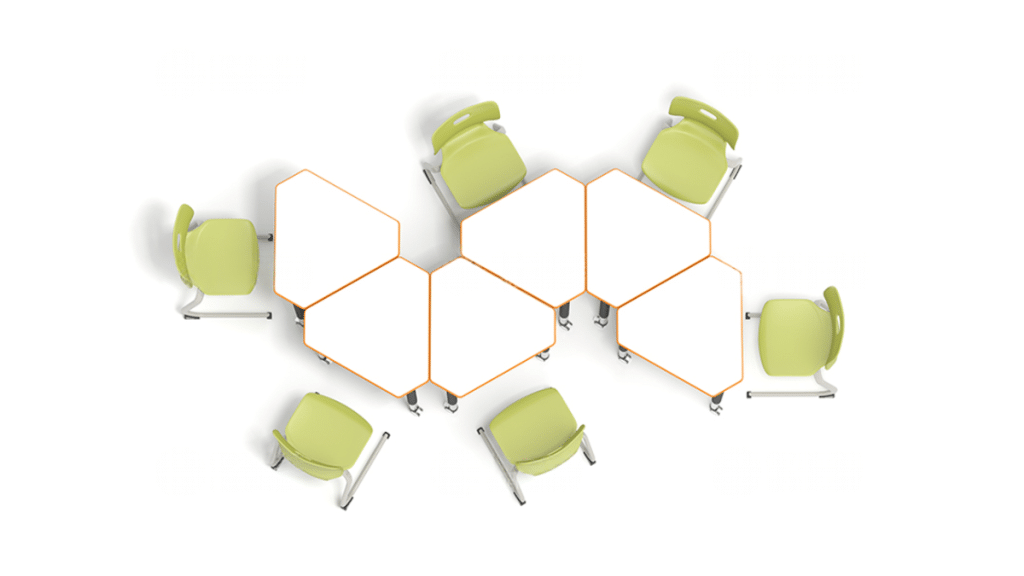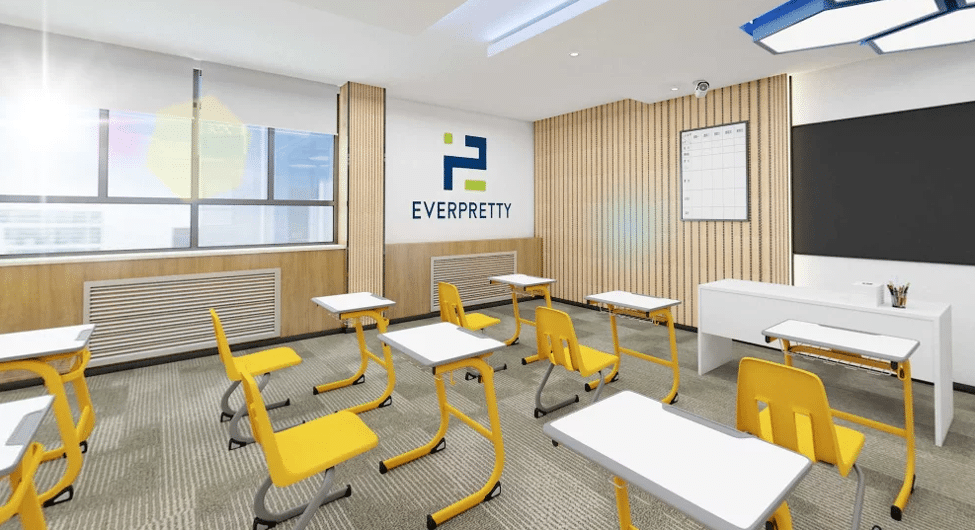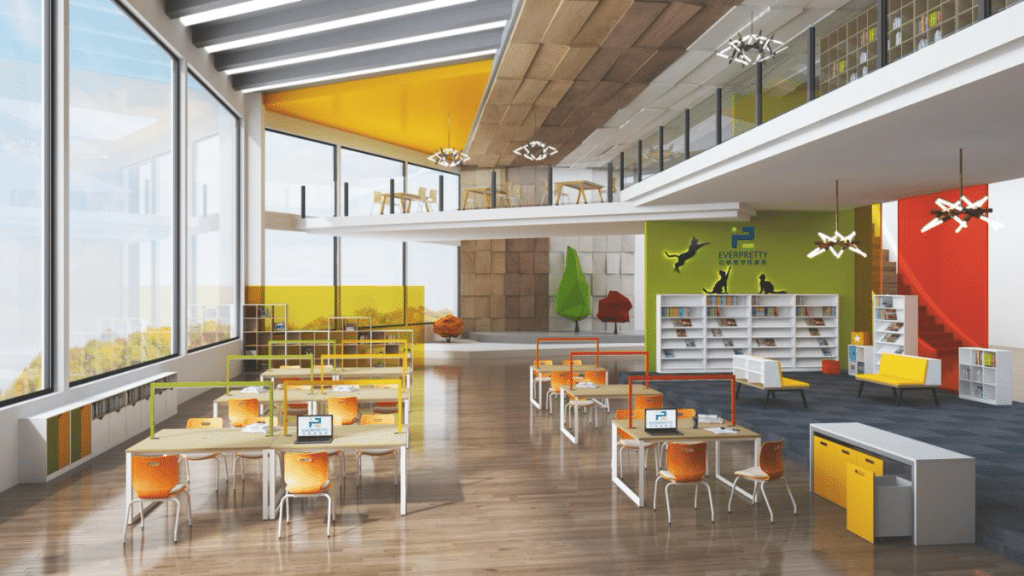When creating an efficient and comfortable learning environment, choosing educational furniture significantly affects both student experience and teaching outcomes. However, falling into procurement mistakes can lead to budget overruns and poor space utilization. From overlooking education furniture design to the overall space, seemingly minor decision biases may cause long-term impacts.
This article outlines 10 mistakes to avoid when ordering educational furniture, helping educators mitigate risks and ensure every investment contributes to a safer, more flexible, and sustainable learning space.
10 Mistakes to Avoid When Ordering Educational Furniture
When ordering educational furniture, you need to pay attention to these mistakes:
1. Failing to Thoroughly Research the Needs of Teachers and Students
Effective furniture selection begins with understanding the actual teaching needs. For instance, elementary school students and high school students have different requirements for desk/chair heights and storage space. Teachers may need mobile whiteboards, flexible grouping tables, or technology-compatible solutions.
Placing orders without thorough research can result in unsuitable classroom furniture layouts that impact the user experience.
2. Ignoring Ergonomic Design
Prolonged use of non-ergonomic educational furniture may cause student fatigue and decreased concentration. It’s better to choose appropriate desk heights and ergonomic backrests designed to support the natural curve of the spine.
3. Overlooking Space Planning and Layout
When ordering educational furniture, selections should be based on spatial dimensions and anticipated student numbers. Beyond desks and chairs, planning should include aisles, activity zones, equipment storage areas, and emergency evacuation routes. In this regard, modular furniture proves advantageous by adapting to various layouts and enhancing space utilization efficiency.
4. Excessively Cutting the Budget
Trying to save too much money on educational furniture may backfire and result in early repairs or replacements. While saving money is understandable, balancing cost with quality leads to long-lasting and safer furniture that performs better over time.
5. Neglecting Differences in Usage Scenarios
Not all learning spaces serve the same purpose, so their furniture requirements are also different. A science lab requires durable, chemical-resistant surfaces, while an art room benefits from adjustable tables and easy-to-clean finishes.
Similarly, reading corners, computer labs, and collaborative zones all have distinct functional needs. Applying a uniform furniture solution across all settings overlooks these important differences and results in untimely costs down the road.
6. Ignoring Durability
Classroom furniture should be designed for heavy daily use. Materials with low strength or poorly constructed joints can lead to premature damage, resulting in increasing replacement and maintenance costs over time.
Therefore, material selection should correspond to usage intensity. Solid wood and metal-framed furniture offer superior durability. Plastic furnishings are prone to damage, but they are more affordable and better suited for low-traffic areas.
7. Disregarding Cleaning and Maintenance
In high-traffic school environments, furniture should bear frequent cleaning without compromising appearance or functionality. Overlooking this aspect leads to colour fading on surfaces, edges that trap dirt, and materials that degrade under daily use.
Choosing furniture with smooth finishes, sealed joints, and easy-to-clean materials reduces upkeep time and helps maintain a safe and clean environment.
8. Lack of Flexibility
Furniture for classrooms needs to adapt to different teaching styles and activities. Fixed, bulky furniture limits movement and reduces engagement. Flexible options like mobile desks and stackable chairs allow smoother transitions and better space use.

9. Overlooking Detailed Design
Small unwanted features in furniture education usually go unnoticed until they start causing problems. For instance, sharp edges pose injury risks, wobbly frames break focus and bring hassle, and limited storage leads to clutter. These overlooked details affect the safety, organization, and daily functionality of the furniture.
10. Ignoring Environmental Sustainability
Choosing edu furniture made from recyclable materials, low-emission finishes, or responsibly sourced wood shows a commitment to sustainability. When you order furniture that supports sustainability, it also aligns with growing educational institutional policies on environmental responsibility.
Choosing the Right Educational Furniture Supplier
After careful planning, the next step is to work with a reliable supplier. An expert furniture manufacturer helps you get furniture based on real classroom needs and long-term use. EVERPRETTY Furniture is an experienced educational furniture manufacturer. With over three decades of experience in educational furniture manufacturing, they have served 71,520+ customers across 86+ countries.
They offer customized solutions that support different teaching styles, student age groups, and space requirements. From ergonomically designed chairs to flexible classroom layouts, EVERPRETTY Furniture brings a range of furniture products that combine functionality, durability, and safety.

Wrapping-Up
Selecting the right educational furniture plays a critical role in shaping effective learning environments. Oversights during the purchasing process can lead to inefficiencies and added costs. By avoiding common mistakes in furniture selection and working with a trusted supplier, schools can create spaces that support teaching and learning.
EVERPRETTY Furniture brings proven experience and tailored solutions to meet diverse classroom needs. For any educational furniture needs, contact them now!

